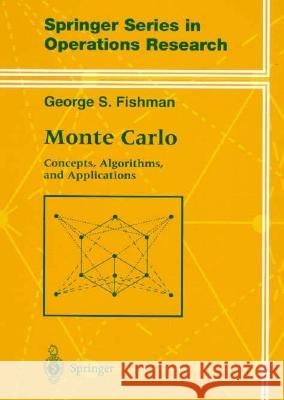Monte Carlo: Concepts, Algorithms, and Applications » książka
Monte Carlo: Concepts, Algorithms, and Applications
ISBN-13: 9780387945279 / Angielski / Twarda / 1996 / 698 str.
This book provides an introduction to the Monte Carlo method suitable for a one-or two-semester course for graduate and advanced undergraduate students in the mathematical and engineering sciences. It also can serve as a reference for the professional analyst. In the past, my inability to provide students with a single- source book on this topic for class and for later professional reference had left me repeatedly frustrated, and eventually motivated me to write this book. In addition to focused accounts of major topics, the book has two unifying themes: One concerns the effective use of information and the other concerns error control and reduction. The book describes how to incorporate information about a problem into a sampling plan in a way that reduces the cost of estimating its solution to within a specified error bound. Although exploiting special structures to reduce cost long has been a hallmark of the Monte Carlo method, the propen- sity of users of the method to discard useful information because it does not fit traditional textbook models repeatedly has impressed me. The present account aims at reducing the impediments to integrating this information. Errors, both statistical and computational, abound in every Monte Carlo sam- pling experiment, and a considerable methodology exists for controlling them.











